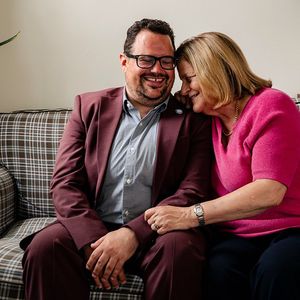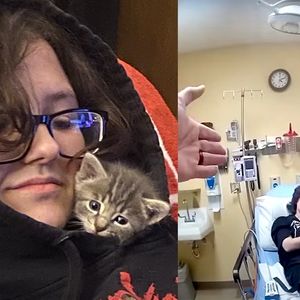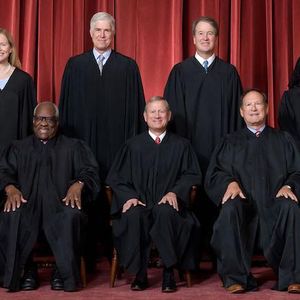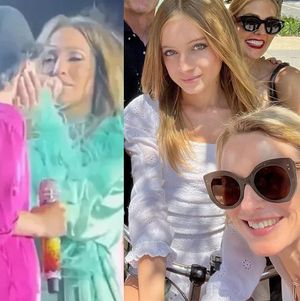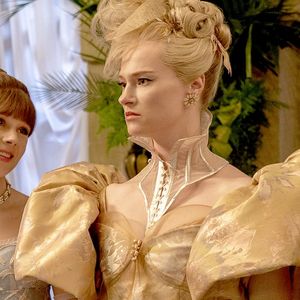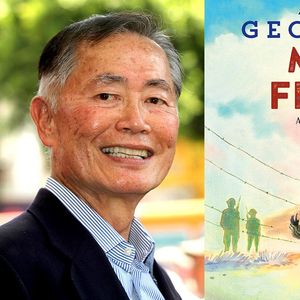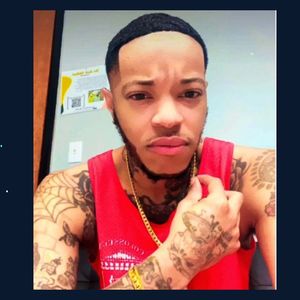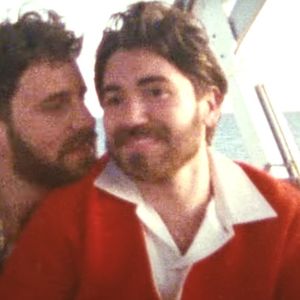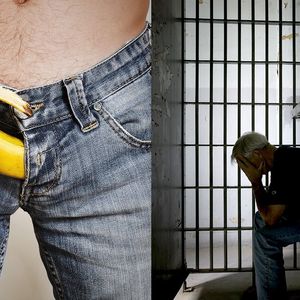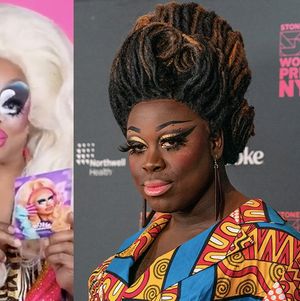Pictured: Travis Chamberlain (left) and Joseph Keehn II in front of an art installation at the Jewel Box Lounge
The playwright William Inge is having a moment. With it being the the centennial of his birth, productions of his most famous works--such as Bus Stop and Come Back, Little Sheba--have been staged, including the current Broadway production of Picnic. But there's a side to the Midwest's best-known playwright, his conflicted sexuality, that many people aren't as familiar with. After director Travis Chamberlain and artist Joseph Keehn II, however, that may never be the same.
Their production, titled An Otherwise Hopeless Evening, opened last week in Kansas City, Mo., and features four short plays by William Inge--"The Boy in the Basement," The Tiny Closet," and two previously unpublished works, "The Killing" and "The Love Death"--as well as art installations and archival materials from the Gay & Lesbian Archive of Mid-America.
"People are used to seeing the more conventional works by Inge," explains Charmberlain, who made a splash in New York City during the centennial of Tennessee Williams's birth two years ago with his unconventional staging of the little-known Green Eyes. "But during the late '60s, he was struggling with how his work fit into the more experimental work of the time... He killed himself in 1973 after years of trying to negotiate his own sexuality and alcoholism."
 Both of the artists--who originally met while working together at New York City's New Museum--are interested in how location and regionalism play into work, and they originally imagined performing the plays as a "suitcase tour" in Victorian homes in Kansas. But as Keehn continued his archival research, he discovered that there was an existing structure in Kansas City that was a notable nightspot for many in the region called the Jewel Box Lounge, which opened in the 1940s and operated into the 1970s. Through lots of hardwork and quite a bit of luck, An Otherwise Hopeless Evening is being staged in the former bar that offered nightly entertainment by female impersonators, some of whom were based in Kansas City. As of late, it's been converted to a residence, and to stage the production, Keehn had to pitch his idea to the residents, who have moved out for several weeks so it could be used as a performance space.
Both of the artists--who originally met while working together at New York City's New Museum--are interested in how location and regionalism play into work, and they originally imagined performing the plays as a "suitcase tour" in Victorian homes in Kansas. But as Keehn continued his archival research, he discovered that there was an existing structure in Kansas City that was a notable nightspot for many in the region called the Jewel Box Lounge, which opened in the 1940s and operated into the 1970s. Through lots of hardwork and quite a bit of luck, An Otherwise Hopeless Evening is being staged in the former bar that offered nightly entertainment by female impersonators, some of whom were based in Kansas City. As of late, it's been converted to a residence, and to stage the production, Keehn had to pitch his idea to the residents, who have moved out for several weeks so it could be used as a performance space.
"A straight couple found photos of performers in their basement there and saved them, finding someone to explain who was in the pictures," Keehn explains. "I found out about the space through my connection at GLAMA and then made my pitch to the residents, explaining what we wanted to do. They jumped at the chance, which was really incredible."
In fact, the creative duo say that the Jewel Box has become a stronger focus for the entire project. "It's just as much about Wiliam Inge's story and these plays as it is about female impersonation in the Midwest," Keehn explains. "People in Kansas City aren't as familiar with his name. They are familiar with Picnic, Bus Stop, the popular ones he's known for, but the Jewel Box is known here because their parents went there, or they've heard stories; they have a personal connection to that history."
 As Chamberlain articulates it: "For many in the queer communities of the '40s and '50s, the bar was the home for many of them."
As Chamberlain articulates it: "For many in the queer communities of the '40s and '50s, the bar was the home for many of them."
The artwork on display by Keehn may be even more unusual to many with its basis in craftwork and domesticity (although they mention that while working on the play, everyone in the cast seemed to be knitting something). It effectively merges bar and homelife in distinctive ways. Keehn's collected jockstraps from Kansas City residents and elsewhere (he previously made an artistic quilt out of them), and for this installation he used the garments to print on vintage wallpaper.
"I've always been interested in ideas of domesticity and homosexuality and how they play with one another," Keehn explains. "It's a strange article of clothing that has so many connotations and is hypersexualized--by the straight or gay community--whether it's control or whatever." He's also embroidered messages and images ways that subvert the traditional uses in subtle ways.
The fact that the cast is composed of all men, and mostly gay, is also intentional. Through their rigorous research, they discovered that as a kid, Inge "had quite the reputation for crossdressing and impersonating different women in the town," says Keehn. They found photos of him dressed up until it became age inappropriate for him, around 8 or 9. "So that became an important dramaturgical reason for an all-male cast: We are spanning across gender, race, and age," Chamberlain says. The cast includes a well-known drag performer, De De Deville, who is performing for the first time in "boy drag."
Chamberlain points out that he also sees it as a sequel of sorts for him after his Tennessee Williams Green Eyes project. In fact, Williams helped Inge reach his first success, recommending him to his agent, Audrey Wood. She nurtured Inge's early career and ultimately helped get him produced on Broadway. Of course, Williams was outed and embraced a gay lifestyle, while Inge remained closeted and ended his life with suicide.
An Otherwise Hopeless Evening continues through Feb. 15


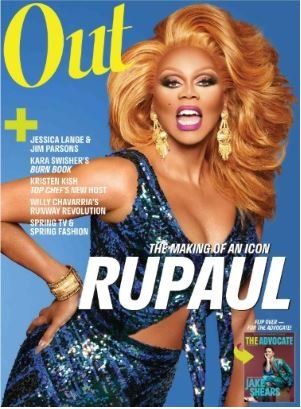

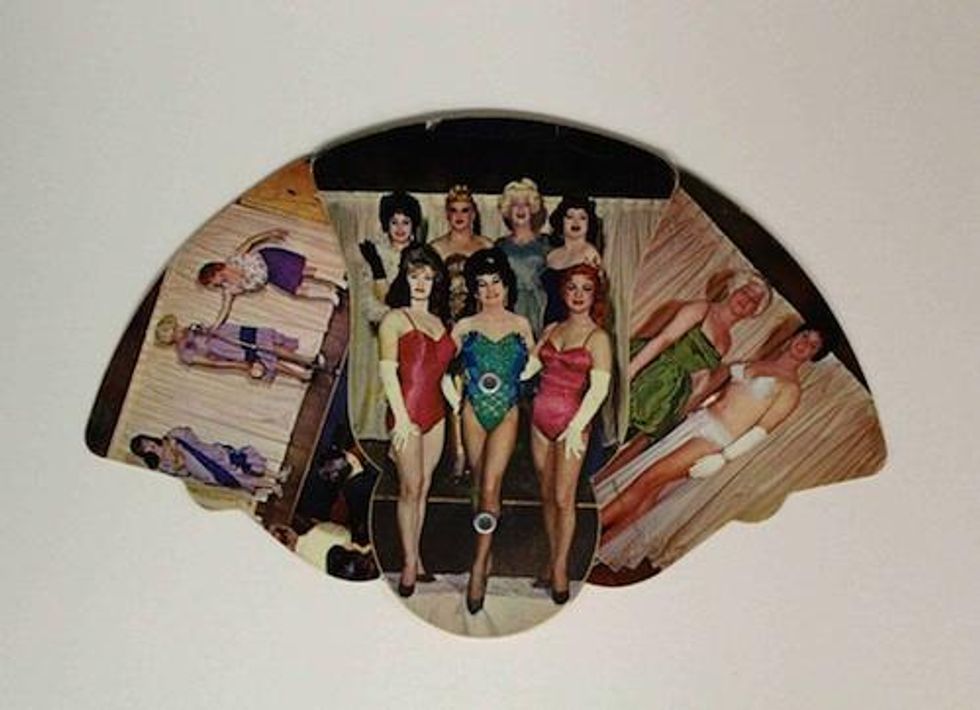 Both of the artists
Both of the artists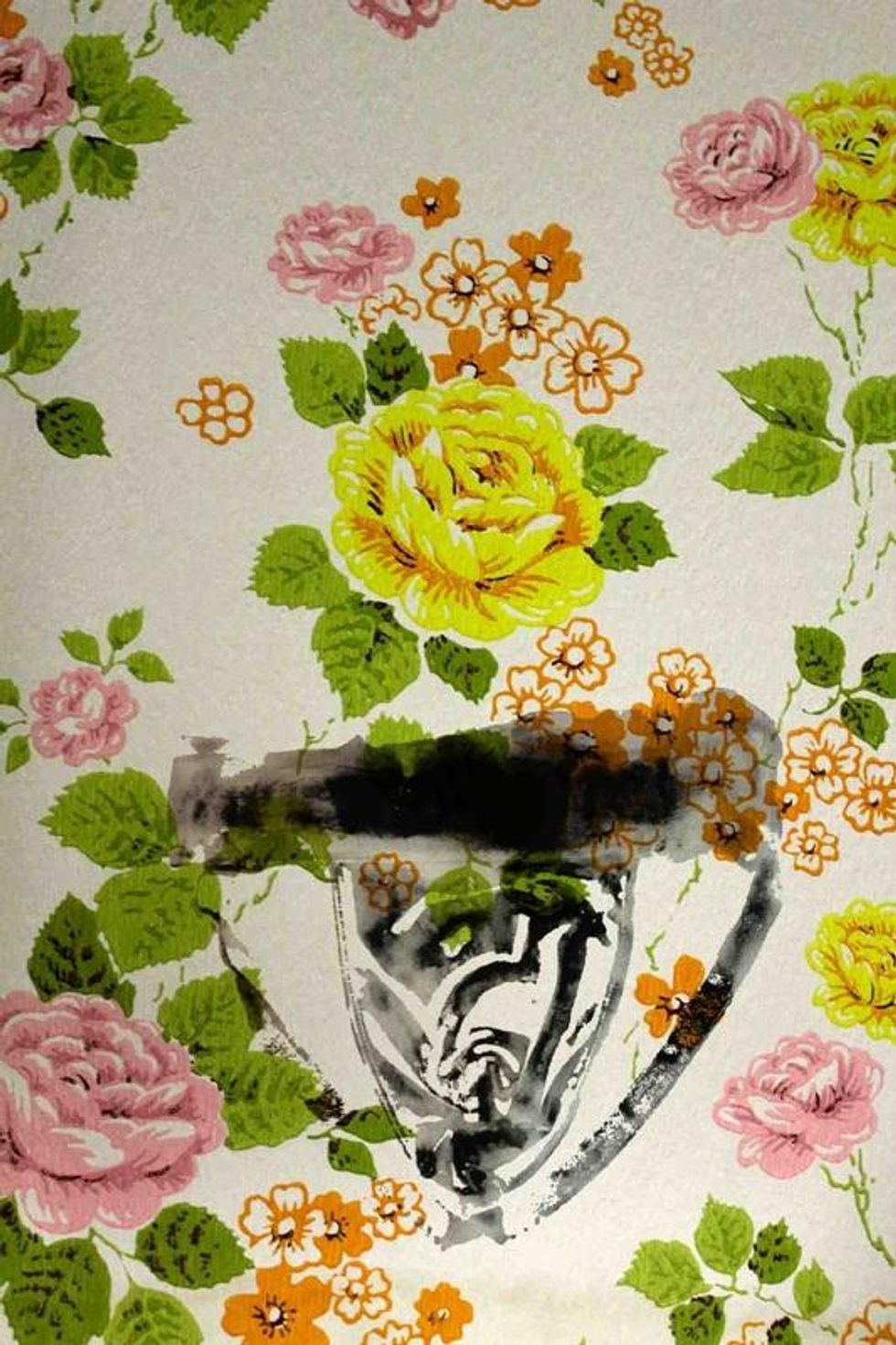 As Chamberlain articulates it: "For many in the queer communities of the '40s and '50s, the bar was the home for many of them."
As Chamberlain articulates it: "For many in the queer communities of the '40s and '50s, the bar was the home for many of them."































